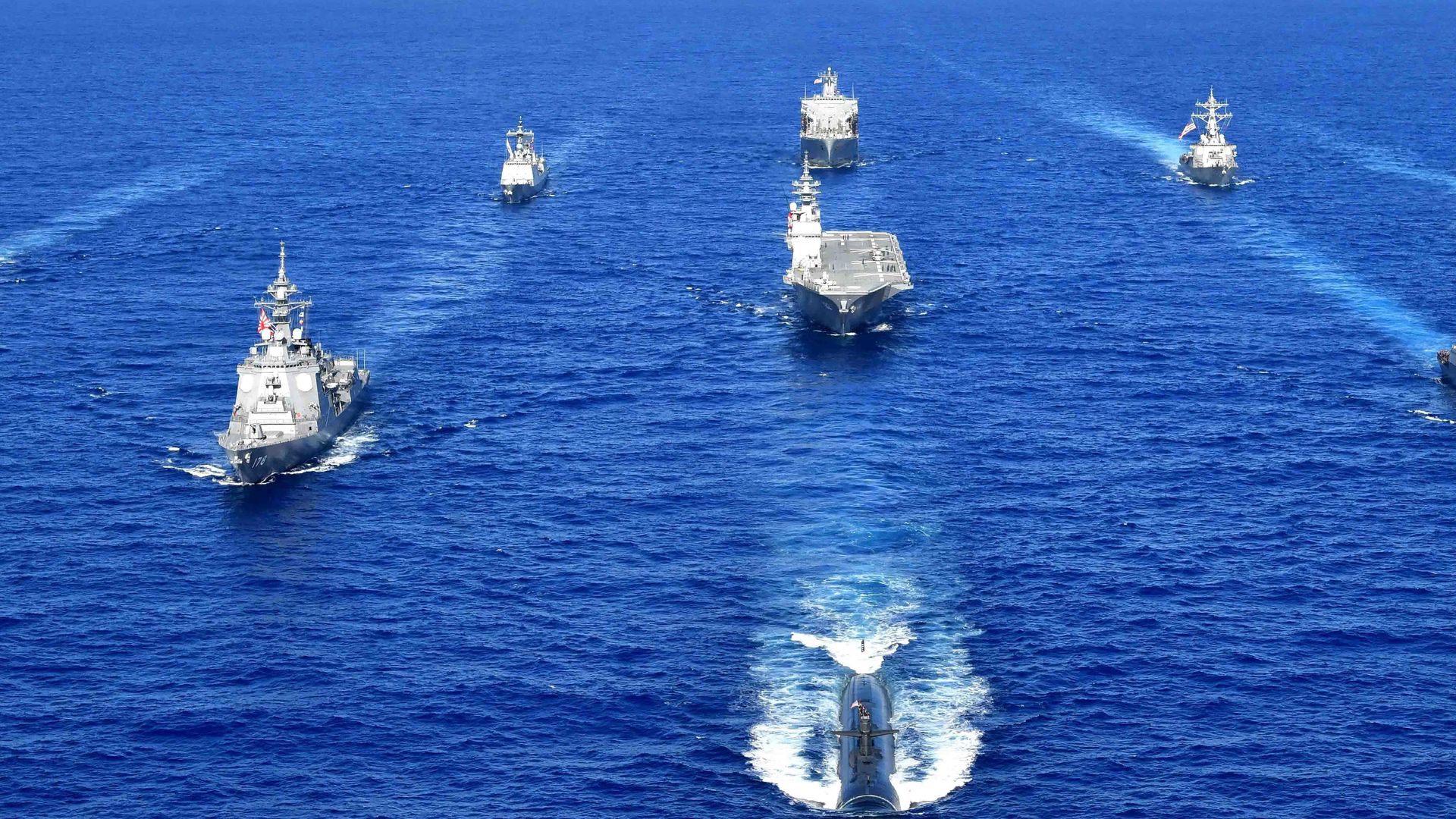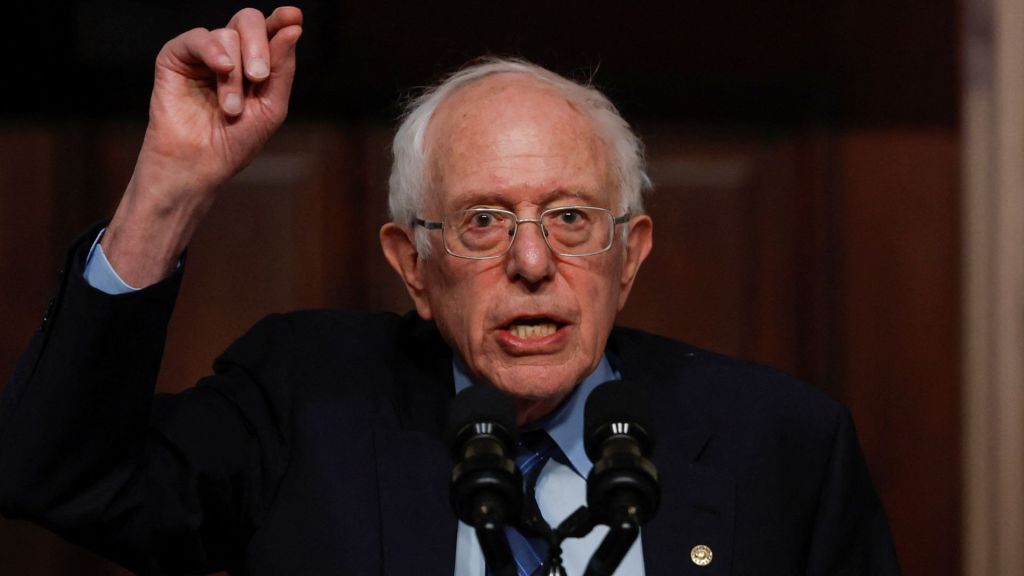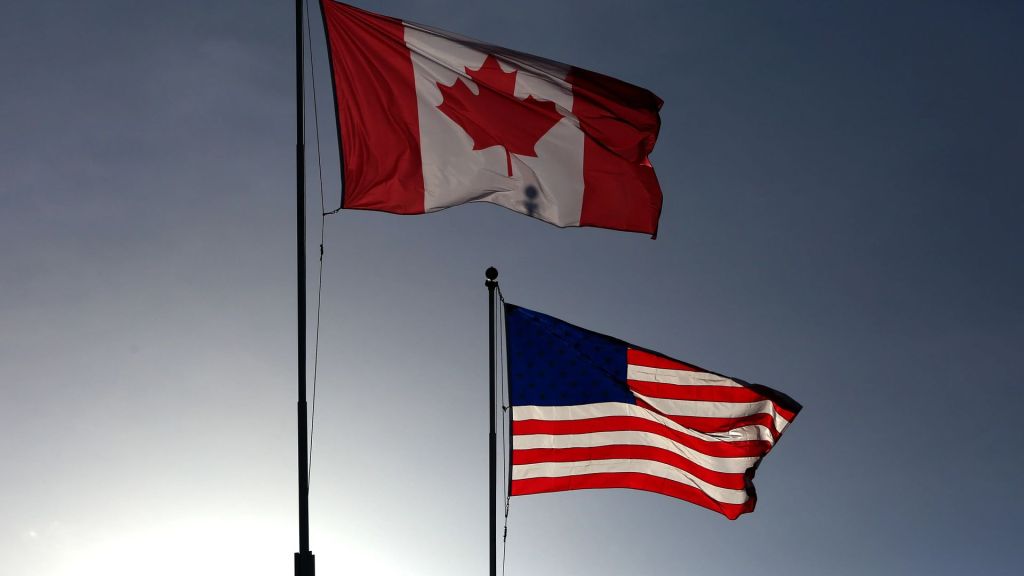
[Ryan Robertson]
THERE IS NO GREATER PROJECTION OF GLOBAL POWER THAN A NATION’S NAVY, AND FOR DECADES THE UNITED STATES NAVY WAS THE GOLD STANDARD. IF IT WANTS TO KEEP THAT DESIGNATION, THOUGH, THE U.S. NAVY NEEDS TO BUY MORE BOATS. WHICH IS GOING TO COST TENS OF BILLIONS OF DOLLARS MORE PER YEAR THAN WHAT THE SERVICE CURRENTLY RECEIVES IN FUNDING.
THIS NEWS IS COMING FROM THE CONGRESSIONAL BUDGET OFFICE AND ITS REPORT ON THE NAVY’S LATEST SHIPBUILDING PLANS. OVER THE COURSE OF THE NEXT THREE DECADES, THE NAVY WANTS TO GROW THE SIZE OF ITS CURRENT FLEET FROM 296 BATTLE FORCE SHIPS TO 381. IT WOULD BE THE LARGEST U.S. NAVAL FLEET SINCE 2001, AND IT WON’T BE CHEAP TO GET THERE.
THE SERVICE CURRENTLY OPERATES ON A YEARLY BUDGET OF $340 BILLION. THE CBO SAYS THAT NUMBER NEEDS TO BE BOOSTED BY AT LEAST ANOTHER $85 BILLION TO MAKE THE NAVY’S SHIPBUILDING PLANS A REALITY.
GETTING TO 381 SHIPS BY 2054 WOULD ALSO MEAN THE FLEET WOULD ACTUALLY SHRINK A BIT IN THE NEAR TERM. BY DECOMMISSIONING SOME OLDER VESSELS, THE NAVY HOPES TO REALLOCATE MONEY THAT WOULD BE SPENT ON UPKEEP AND MAINTENANCE AND PUT IT TOWARD THE PURCHASE OF NEW VESSELS.
THE REALITIES OF BUDGET CONSTRAINTS ARE ALSO FORCING THE NAVY TO RETHINK WHICH SHIPS ITS PURCHASING NOW, OPTING FOR PROVEN VESSELS OVER MORE EXPENSIVE NEXT-GEN MODELS.
UNDER THE 2024 SHIPBUILDING PLAN, FOR INSTANCE, THE NAVY WAS SLATED TO BUY 34 NEXT GENERATION ATTACK SUBMARINES. IN THE 2025 PLAN, THAT NUMBER WAS REDUCED TO 14 WHILE THE NUMBER OF VIRGINIA-CLASS SUBMARINES WAS INCREASED FROM 10 TO 36.
GETTING TO 381 BATTLE FORCE SHIPS WOULD EQUATE TO SPENDING AT LEAST $903 BILLION OVER THE NEXT 30 YEARS. WHEN OUTFITTING AND OTHER COSTS ARE FACTORED IN, THE CBO SAYS IT’S PROBABLY CLOSER TO JUST OVER A TRILLION DOLLARS.
HITTING THE 381 MARK WOULD ALSO MEAN PRODUCING 12 NEW VESSELS PER YEAR. AMERICAN SHIPYARDS ARE ALREADY AT CAPACITY AND THE NAVY’S BACKLOG TO MAKE ALL OF ITS KNOWN REPAIRS IS SITTING AT ABOUT 2O YEARS. SO, NEEDLESS TO SAY THE CBO IS SKEPTICAL IF THE NAVY CAN SUCCEED ON ITS AMBITIOUS PUSH TO MODERNIZE.
BUT IT NEEDS TO, AT LEAST ACCORDING TO MOST LAWMAKERS IN WASHINGTON AND PRETTY MUCH EVERY MILITARY PERSON TO WHOM I SPEAK.
CHINA IS PREPARING FOR WAR. THE PEOPLE’S LIBERATION ARMY WAS TOLD NUMEROUS TIMES IT SHOULD BE READY TO TAKE TAIWAN BY FORCE IN 2027. CHINA’S SHIPBUILDING FAR OUTPACES CURRENT U.S. CAPACITY, AND THE PLA NAVY’S AGGRESSIVE ACTIONS IN THE INDO-PACIFIC ARE ONLY GROWING MORE HOSTILE. THE UNITED STATES IS LEGALLY OBLIGATED TO DEFEND ALLIES IN THE REGION, AS WELL. SO, IF THOSE HOSTILITIES DO ERUPT INTO A KINETIC CONFLICT, THE U.S. NAVY WILL BE VITAL.
FOR STRAIGHT ARROW NEWS, I’M RYAN ROBERTSON. FOR MORE OF OUR UNBIASED, STRAIGHT FACT REPORTING ABOUT THE U.S. NAVY AND TENSIONS IN THE INDO-PACIFIC, DOWNLOAD THE STRAIGHT ARROW NEWS APP TODAY.











